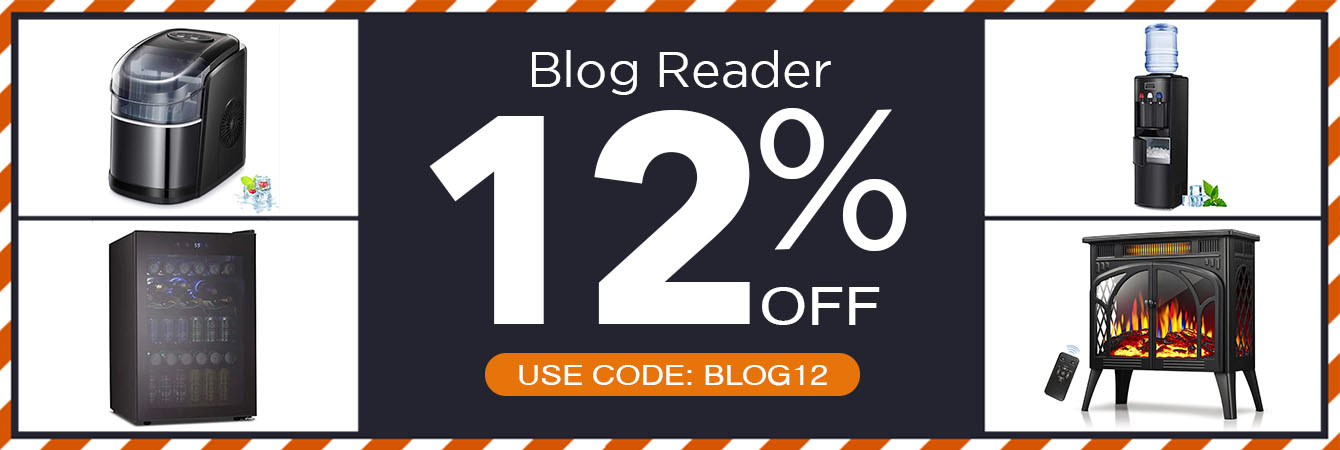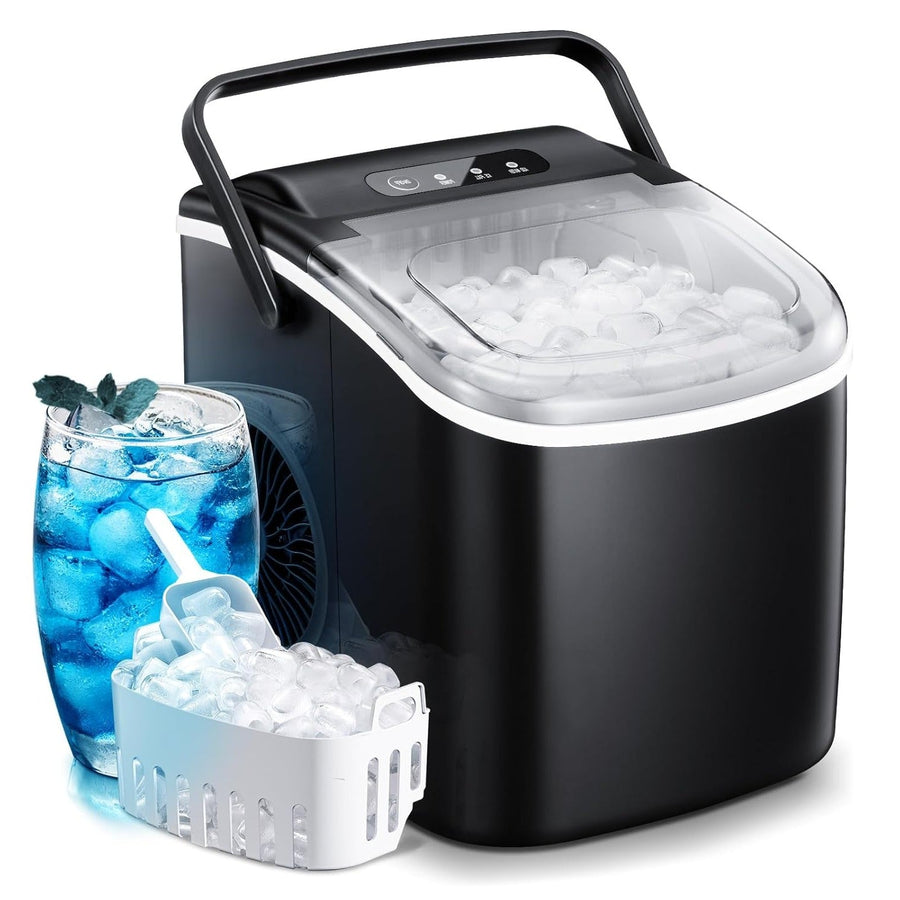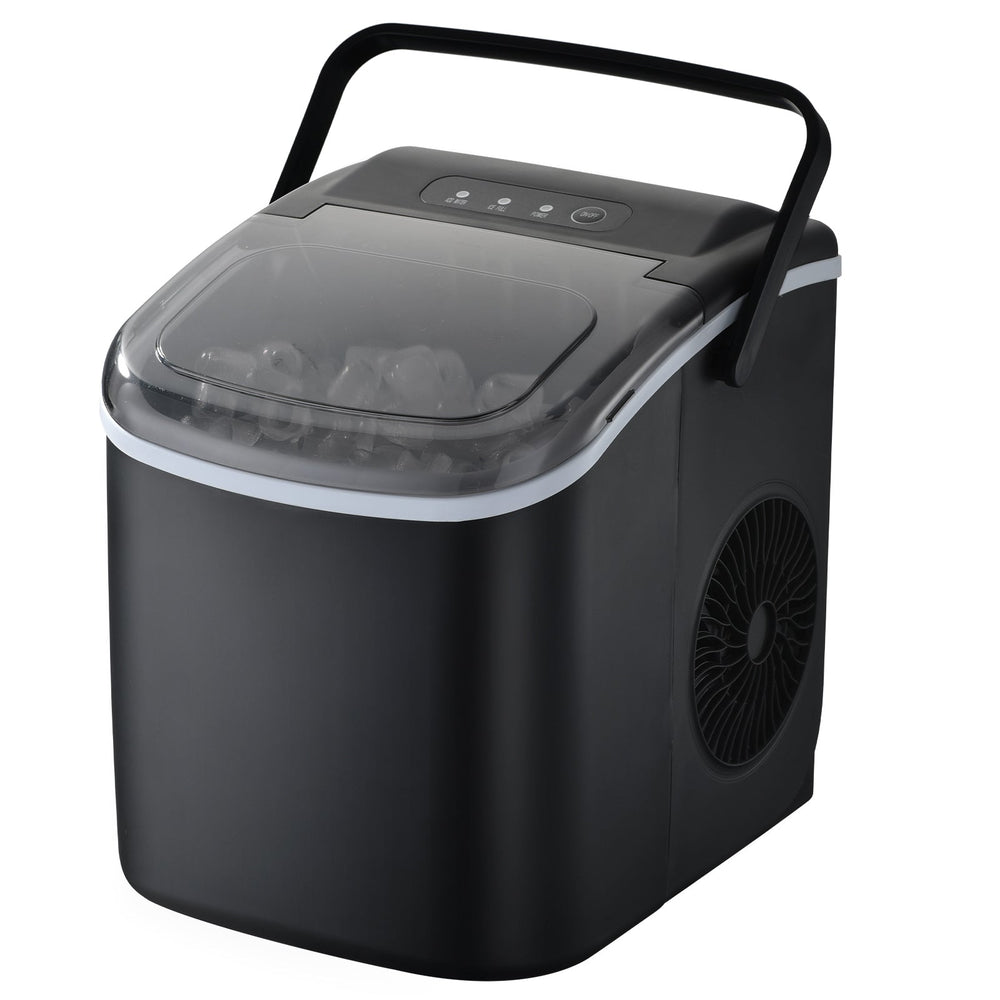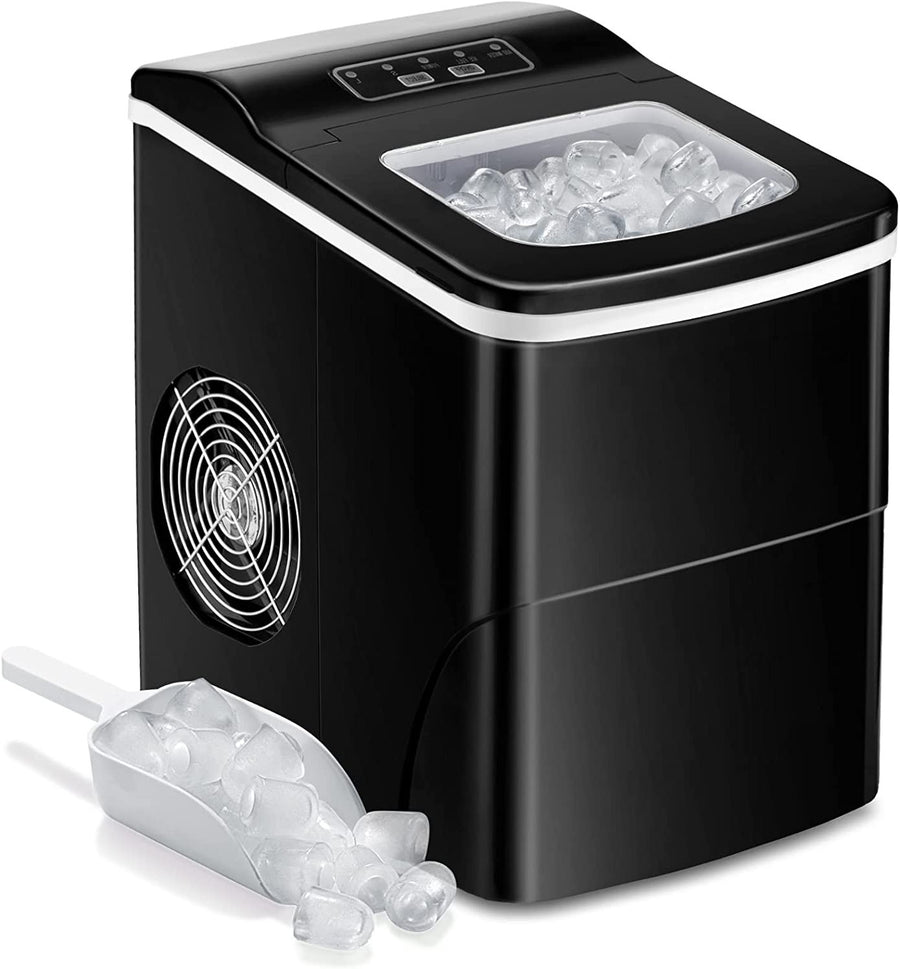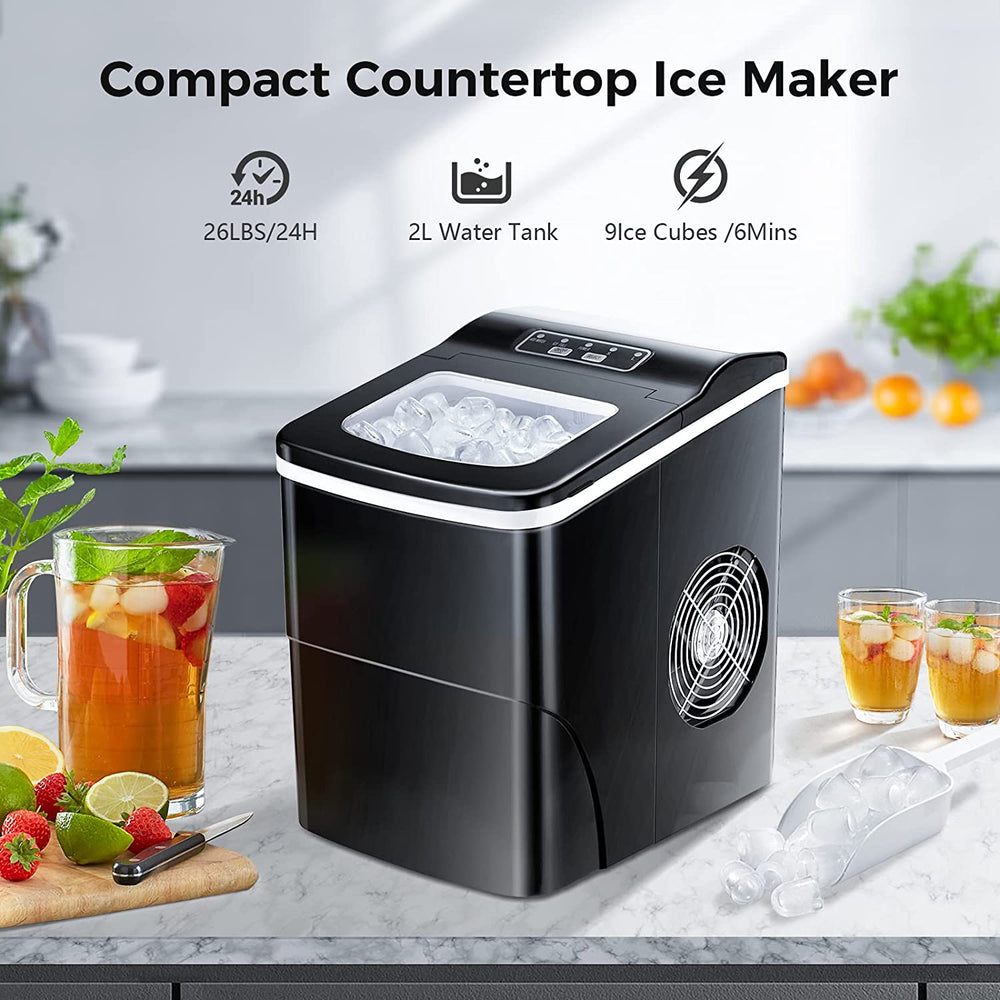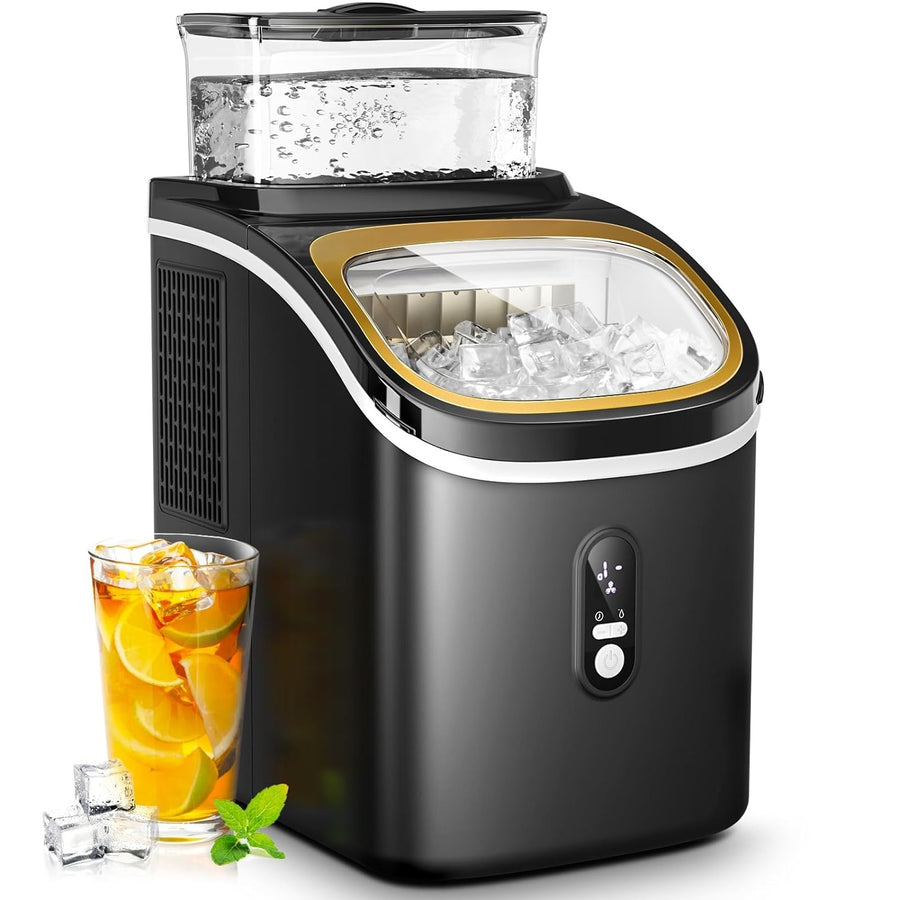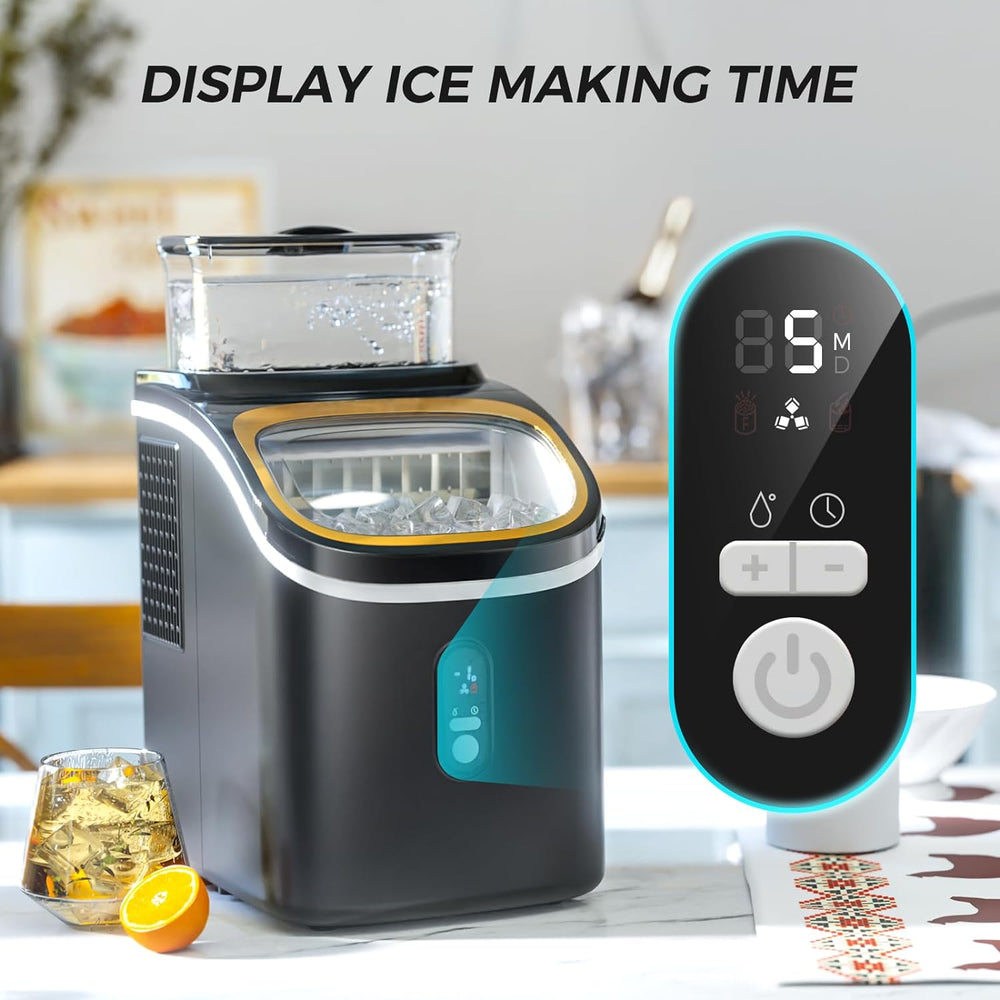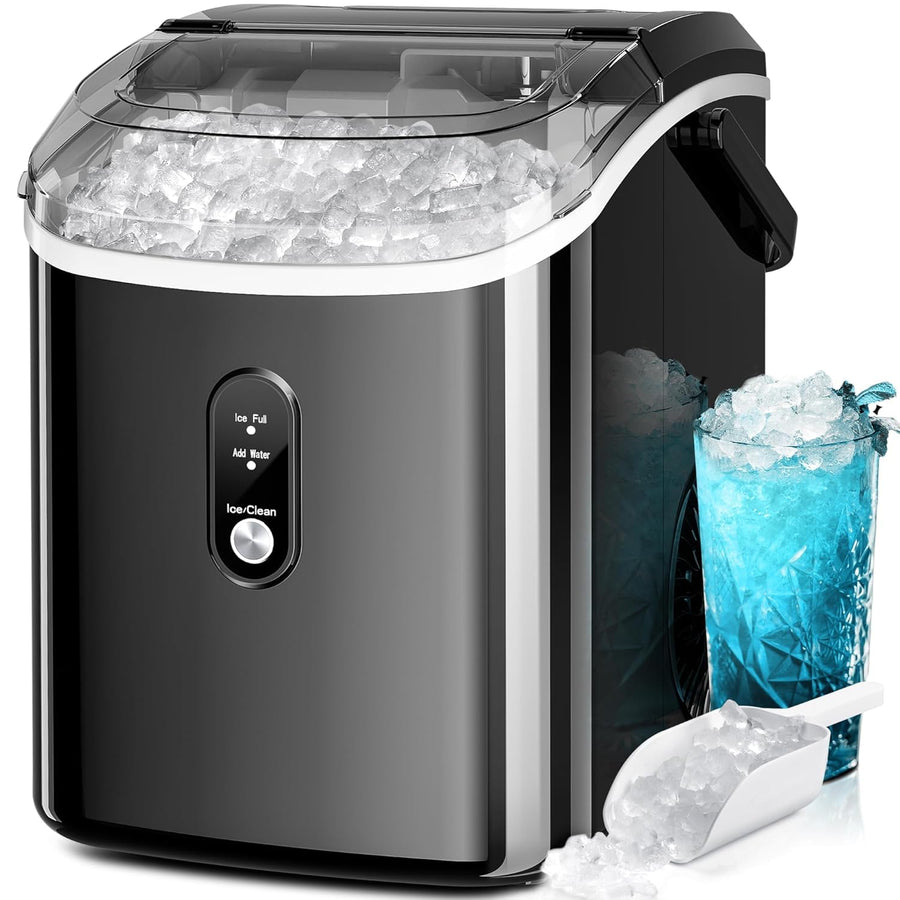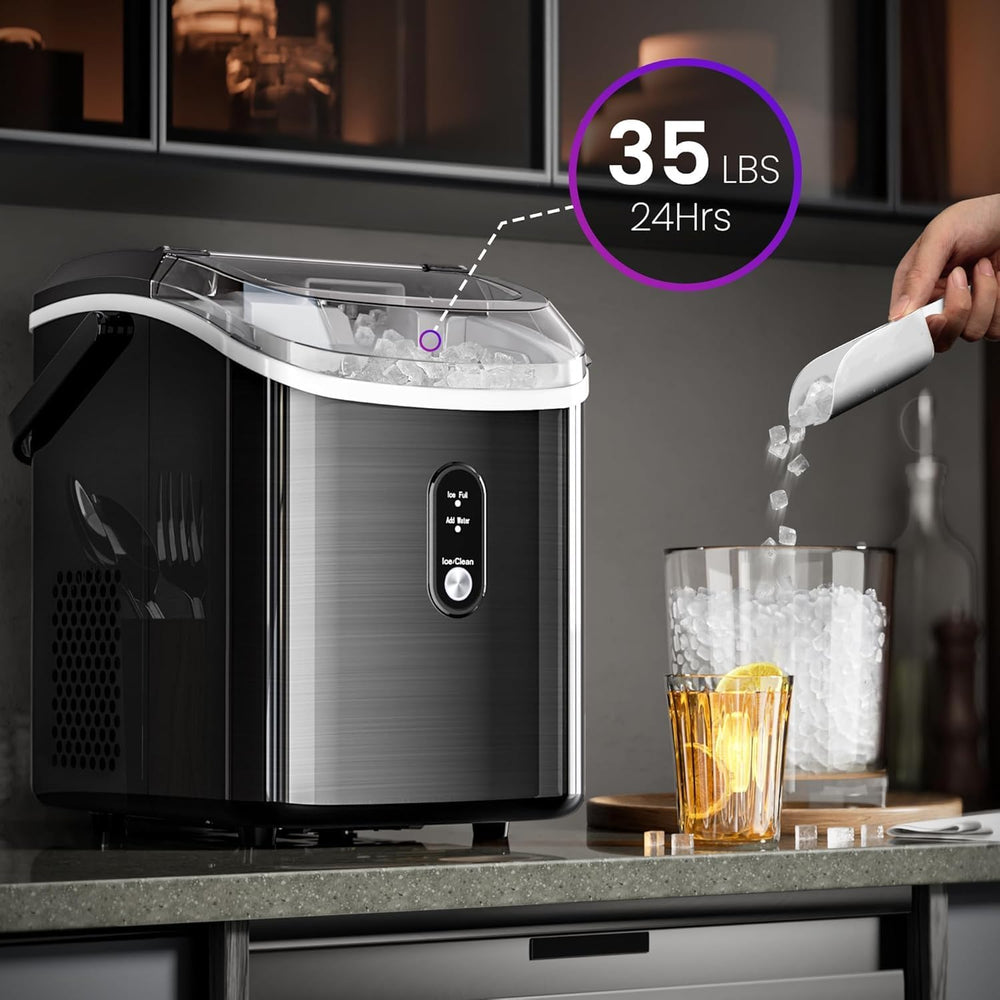How Do You Adjust Wine Refrigerator Temperature in kitchen?

The wine refrigerator provides the ultimate wine storage conditions in kitchen. It stores wine at an optimal temperature. Thus, preventing spoilage from cold, heat, or temperature fluctuations.
The right temperatures preserve the wine’s taste and flavor and bring it to full maturity. You should adjust the wine fridge temperature based on the needs of different types of wine.
If you purchased a wine fridge and struggling to adjust the temperature. We are here to help.
Read on to learn how to adjust the wine fridge temperature in kitchen.
Understanding the Temperature Control System of Wine Refrigerators
Here are essential things to know about the temperature control system of wine fridges.
Types of Temperature Control Systems Used in Wine Refrigerators
Wine refrigerators can either use compressor technology or thermoelectric cooling temperature control systems. Let us look at the pros and cons of each.
Compressor Technology
The compressor technology uses vapor compression to adjust fridge temperatures.
They have compressors that pump refrigerant gas-containing condensers and evaporators in the system. The air lowers temperatures within the wine fridge.

The compressors are on the body of the fridge and secured with rubber shock pads. The shock pads absorb vibrations, so they are not transferred to the wine.
Some compressor wine fridges come with internal fans to maintain uniform internal temperatures. Other models feature external fans which blow heat from the compressor.
Pros
- Offer better temperature control to ensure consistent temperatures at all times.
- Replacement parts are available.
- Any qualified and certified refrigerator technician can service the system
Cons
- Compressor wine fridges are costly
- Labor-intensive installation
Thermoelectric Cooling
Thermoelectric wine fridges use the Peltier effect. It causes a temperature difference between two dissimilar materials.
The refrigerator has two sides made of different materials. As direct current passes through the device, it carries heat from one side to the other.
One side is cooler than the other. The cooler side is where you store your wine. Moreover, the device has fans to distribute cool air all over.
Pros
- It does not produce noise because there are moving parts or alternating mechanisms.
- It does not cause the fridge to over freeze
- Energy efficient
- Affordable and less labor intensive
Cons
- Limited cooling capability
- Not effective for outdoor use
How the Temperature Control System Works in Wine Refrigerator
The temperature system uses sensors to check the inside of the wine fridge. It alerts you if the temperatures are not suitable for cold storage.
The sensors trigger an alarm and light if it records temperatures above 45°F (7°C) for more than 4 hours. This gives you peace of mind that your wine can never go bad.
Importance of Adjusting the Temperature Correctly

Adjusting the temperature of the wine fridge is crucial. It helps with wine preservation and aging. You should maintain optimal temperatures because:
- If you store your wine at over 70°F, it will age rapidly and lose its flavor and aroma.
- If the fridge temperatures are too low, the wine might form ice particles, forcing it to open and pop out.
- Temperature fluctuations cause the wine bottle cork to expand and contract. This allows oxygen to seep into the wine causing premature aging.
Steps to Adjust Wine Refrigerator Temperature in Kitchen
Follow the steps below to adjust the temperature of your Wine fridge:
1. Locate the temperature control unit
The temperature control unit is on the outside. But it might be different for your model. The control unit will have buttons or pads to adjust the temperatures.
2. Determine the current temperature setting.
Press the home button on the control panel. The current temperature setting will show on the LED screen.
3. Adjust the temperature using the control unit.
Press the plus (+) or minus (-) touch pads until you reach the desired temperature.
4. Track the temperature and make any necessary adjustments
The temperature is correct if your wine is as cold as you love. Track the temperature for 24 hours before you make further adjustments. The 24 hours gives the wine time to acclimate.
Common Temperature Issues with Wine Refrigerators
Temperature problems are common even with the best wine fridge appliances. So, your wine fridge can develop temperature issues. Some of the common temperature issues include:
1. High Temperature Due to Overloading or Poor Ventilation
Loading a wine fridge is fun. But you must be careful to pack the recommended capacity.
Overloading a wine fridge will overwork the cooler and develop warm spots. This causes high temperatures, and you risk spoiling your collection.
Improper ventilation also causes thermoelectric wine fridges not to cool down. If the refrigerator is too close to the wall, there will be no ventilation and thus high temperatures.

2. Uneven Temperature Distribution
A defective fan causes uneven distribution of heat in the wine fridge. The fan may not be working because it has broken or clogged.
3. Inconsistent Temperature Changes
A malfunctioning thermostat causes the temperatures of a wine fridge to fluctuate. The thermostat supplies power to the parts of the refrigerator that adjust temperatures.
So, if it is faulty, the interior will become cold in some cases and hot in others.
Tips to Resolve These Issues
Here are some steps to resolve wine fridge temperature issues:
- High temperature due to overloading- remove the extra bottles. Only put the wine bottles as recommended.
- High temperature due to poor ventilation- check if there is enough ventilation. Place the fridge six inches away from the wall and any other obstacles. This gives it enough breathing space.
- Uneven temperature distribution- ensure that the fan is turning. It might have broken or is blocked by dust or debris if it is not. So, replace the broken fan or clean the dirty one to keep it running.
- Inconsistent temperature changes- make sure that the thermostat is running. If not, you should replace the faulty thermostat. Contact a fridge technician to replace the thermostat and get your appliance working.
Conclusion
Adjusting wine refrigerator temperature is straightforward, following the steps above. Temperature control in wine preservation is important. It affects wine aging, which determines its quality, flavor, and aroma. Adjust your wine fridge temperature and share your experience with us! You can check out kismile products to learn more about wine refrigerator.




